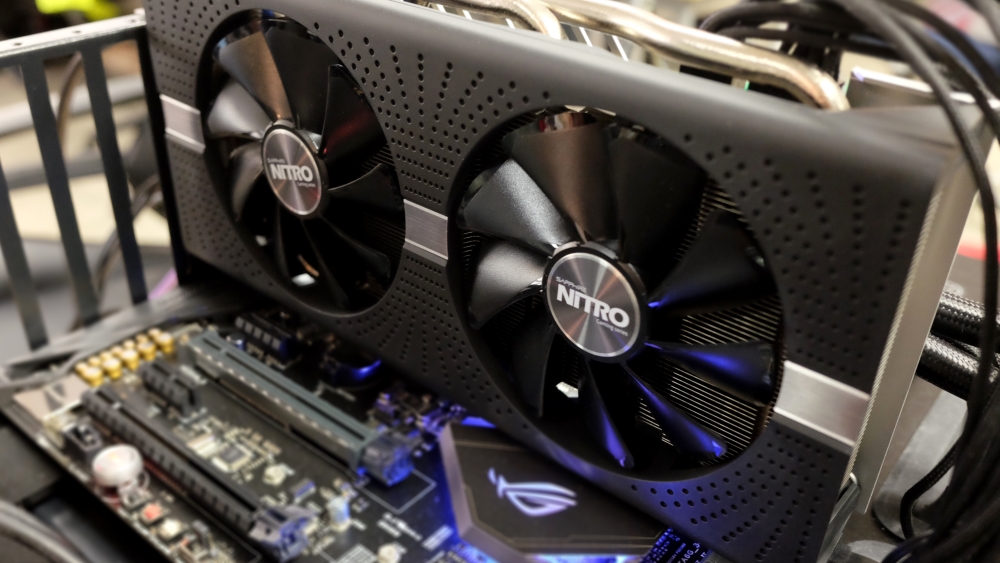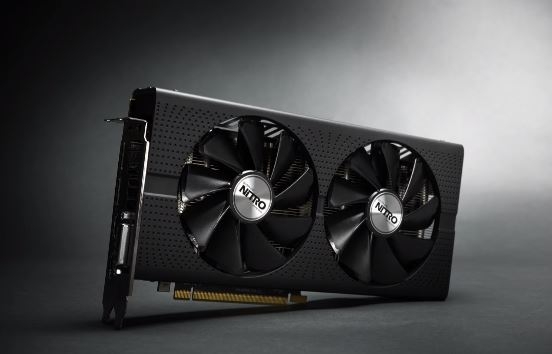If you want any hope of running Final Fantasy XV on your PC when it releases early next year, we have bad news and good news. The bad news is that you’re most likely going to need a new graphics card to pull off those gorgeous 4K textures. The good news is that we can help you find one that does (or one that simply runs the game at all, at 1080p).
With Nvidia gracing Shadow of War and PES 2018 with support for its in-game photo capturing service and PlayerUnknown’s Battlegrounds with ShadowPlay Highlights, you may be leaning towards team green. However, bear in mind that AMD is only getting started with its Vega graphics architecture, making which brand to pick only the beginning of your worries.
Nonetheless, whether you prefer AMD or Nvidia, pushing pixels or saving money, we’ve sorted through every graphics card imaginable to bring you detailed recommendations of only the three best in addition to one honorable mention. For the best graphics cards on the high-end, mid-range and entry-level, continue reading below.

If we’re being honest, the GTX 1080 Ti is exactly what the Titan X Pascal should have been. Thanks to its 11GB of GDDR5X VRAM, the 1080 Ti is wildly more capable than the GTX 1080 proper without costing an arm and a leg. Performance-wise, the GTX 1080 Ti can’t compete with dual-wielding 1080s, but it is cheaper and it does support a larger pool of games than two lesser cards with SLI. Aside from the mysterious absence of a DVI port, the GTX 1080 Ti is indistinguishable looks-wise from any of the other Pascal-series GPUs. Take a gander inside, however, and you’ll notice a sophisticated cooling system needed to keep all of your games running smoothly in resolutions up to 4K.
Read the full review: Nvidia GeForce GTX 1080 Ti
Honorable mention: AMD Radeon RX Vega 64
The flagship AMD Vega card may not have beaten out Nvidia for the title of best high-end graphics card on our list, but it is a return to form for the Red Team. After all, the AMD Radeon RX Vega 64 has proved itself every bit as capable as the Nvidia GeForce GTX 1080 and for a lower price. Donning 4,096 stream processors, 256 texture units and 8GB of HBM2 memory, this is – if nothing else – the AMD card to rule them all.
Read the full review: AMD Radeon RX Vega 64


More of a souped-up version of last year’s Radeon RX 480 than a brand-new graphics card, the Radeon RX 580 takes the Polaris architecture and amps it up to new levels of performance at the same affordable price point. Although it clings to the same 8GB of GDDR5 memory as the RX 480, there are still clear cut performance upgrades in tow. The boost clock, for instance, is now up to 1,441MHz, which you can compare to the 1,266MHz boost of the 480. It still struggles to maintain a consistent 30+ frames per second (fps) running most triple-A titles in 4K, but for 1080p and 1440p gaming, the AMD Radeon RX 580 rules even harder than its predecessor.
Read the full review: AMD Radeon RX 580

Like the GTX 1050 and 1050 Ti from Nvidia, the RX 460 runs cheap. Versions of it can be had from XFX, Powercolor, Sapphire and other aftermarket card makers who have all sought out to accomplish the same task of producing a value GPU that can effortlessly run just about every game in your Steam library, so long as you don’t mind parting with the prospect of running The Witcher 3 at 60 fps on Ultra graphics settings. Capable and energy efficient and drawing all of its power straight from the motherboard without any 6- or 8-pin connectors required, the RX 460 is worth the money if you plan on spending a lot of time playing MOBA and RTS games. Otherwise, you’re better off saving for one of the other best graphics cards above.
Gabe Carey has also contributed to this article
Author: Kane Fulton
Published at: Thu, 24 Aug 2017 20:29:00 +0000

No comments:
Post a Comment